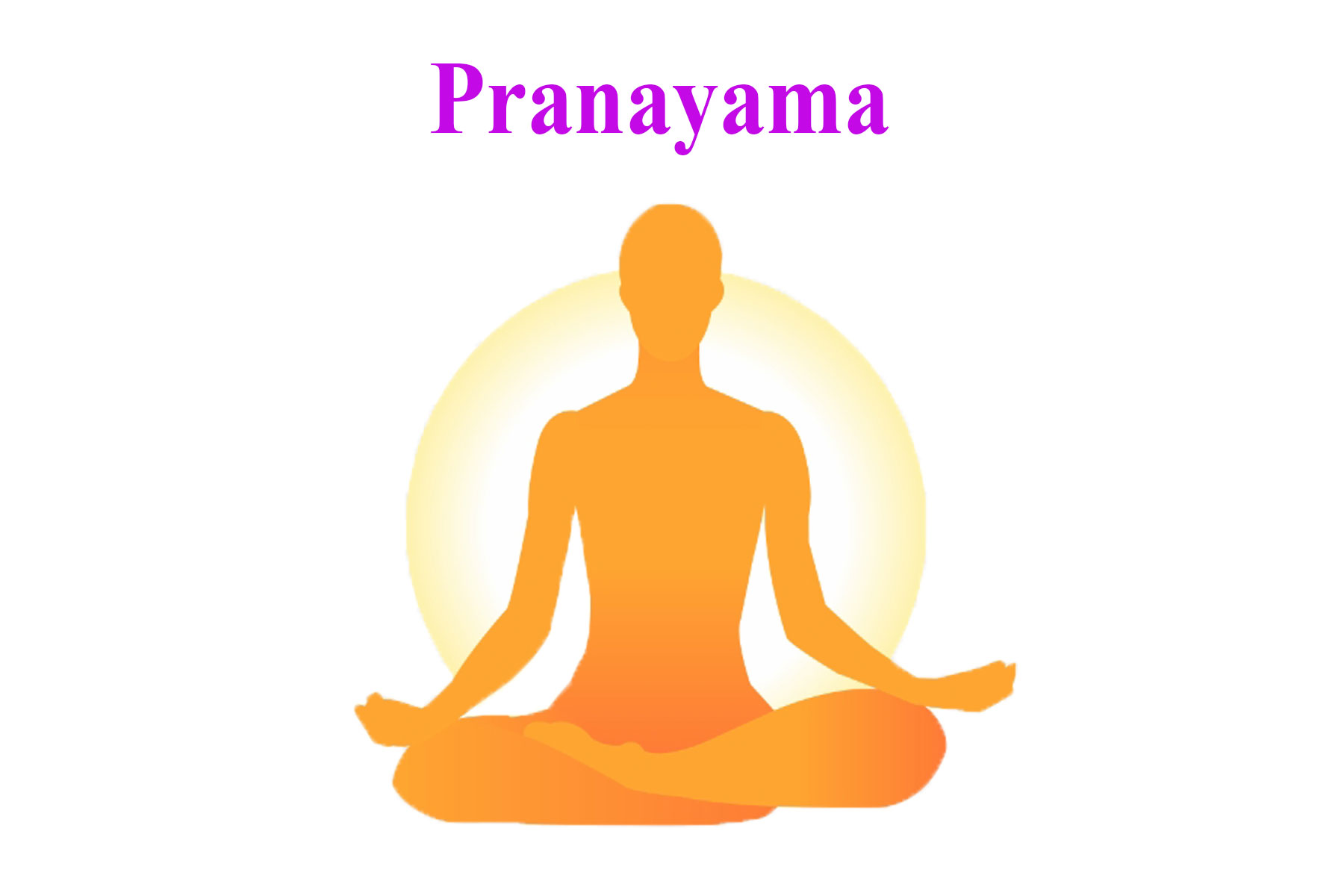
2 May 2022 HYN Himalayan Yoga Academy
For all, Pranayama and the Spiritual Aspirant, the Pranayama practices establish a healthy body by removing blockages in the pranayama kosha, enabling an increased absorption of prana. The spiritual seeker, however, also requires tranquility of mind as an essential prelude to spiritual practice. To this end, many pranayama techniques utilize Kumbhaka the thought process.
When you still the mind and allow prana to flow freely through the nadis and chakras, the doorway to the evolution of consciousness opens. This leads you into a higher dimension of spiritual experience. In the science of pranayama, Swami Sivananda writes, “There is an intimate connection between the breath, nerve currents, and control of the inner prana or vital forces. Prana becomes visible on the physical plane as motion and action, and on the mental plane as though.
Pranayama is the means by which a yogi tries to realize within his individual body the whole cosmic nature, and attempts to attain perfection by attaining all the powers of the universe”
General notes for the practitioner
In traditional texts, there are innumerable rules and regulations pertaining to pranayama. The main points are regulation, balance, and common sense with regard to inner and outer thinking and living. However, for those who seriously wish to take up the advanced practices of pranayama, the guidance of a guru of an experienced teacher is essential.
Breathing
Always breathe through the nose and not the mouth unless specifically instructed otherwise. The nose should be cleaned regularly by jalaneti prior to the practice session. Be aware of the nostrils throughout the techniques. While inhaling, the nostrils should dilate of expanding outwards and while exhaling, they should relax back to their normal position.
Time of practice
The best time to practice pranayama is during the early morning when the body is fresh and the mind has very few impressions. If this is not possible, another good time is just after sunset. Tranquilizing pranayama is performed before sleep. Try to practice regularly at the same time and place each day. Regular n practice increases strength and willpower as well as acclimatizing the body and mind to the increased pranic force. Do not be in a hurry; slow, steady progress is essential.
Place if practice
Practice in a quiet, clean, and pleasant room which is well-ventilated but not draughty. Generally, avoid practicing in direct sunlight, as the body will become overheated, except at dawn when the soft rays of the early morning sun are beneficial. Practicing in a draught of wind, in air-conditioning of under a fan may upset the body temperature and cause chills.
Sitting position
A comfortable, sustainable meditation posture is necessary to enable efficient breathing and body steadiness during practice. Siddha/ Siddha yoni asana is one of the best postures for pranayama. The body should be as relaxed as possible throughout the practice with the spine, neck, and head erect. Sit on a folded blanket of cloth of natural fiber to ensure the maximum conduction of energy during the practice.
Sequence
You should perform pranayama after asanas and before meditation practice. After practicing pranayama, you can lie down in Shavasana for a few minutes.
Clothes
Wear loose, comfortable clothing made of natural fibers during practice. Cover your body with a sheet or blanket if it’s cold or to keep insects away.
Bathing
Take a bath or shower before commencing the practice, or at least wash your hands, face, and feet. Do not take a bath for at least half an hour after the practice to allow the body temperature to normalize.
Empty stomach
Wait at least three to four hours after meals before starting pranayama. Food in the stomach places pressure on the diaphragm and lungs, making full, deep respiration difficult.
Digestion
During pranayama practice, you may experience constipation and a reduction in urine output. If you have dry motion, stop consuming salt and spices, and drink plenty of water. If you have loose motion, pause the practice for a few days and follow a diet rich in yogurt.
Diet
A balanced diet of protein, carbohydrates, fats, vitamins, and minerals is ideal for most pranayama practices. A combination of grains, pulses, fresh fruits, vegetables, and, if necessary, a small amount of dairy products is recommended. Advanced stages of pranayama require dietary adjustments, and you should consult a guru for guidance on this.
Avoid strain
In pranayama practice, it is important to remember not to strain or try to increase your capacity too quickly, just as with asana practice. If you are advised to practice a pranayama technique for a specific length of time before moving on to a more advanced practice or ratio, it is wise to follow that guidance.
Practice breath retention only for as long as it feels comfortable. The lungs are very delicate organs and any misuse can easily cause injury. Not only the physical body but also the mental and emotional aspects of the personality need time to adjust, never strain in any way.
Side effect
When practicing for the first time, various symptoms may manifest in normally healthy people. These are caused by the process of purification and the expulsion of toxins. Sensations of itching, tingling, heat or cold and feeling of lightness of heaviness may occur. Such experiences are generally temporary but if they persist during the practice, check with a yoga teacher.
Contra-indications
Do not practice pranayama during illness, although you can perform simple techniques such as breath awareness and abdominal breathing in Shavasana. Always consult a yoga therapist of teacher before using any pranayama for therapeutic purposes.
No smoking
Pranayama practitioners shouldn’t chew tobacco or smoke cigarettes.
